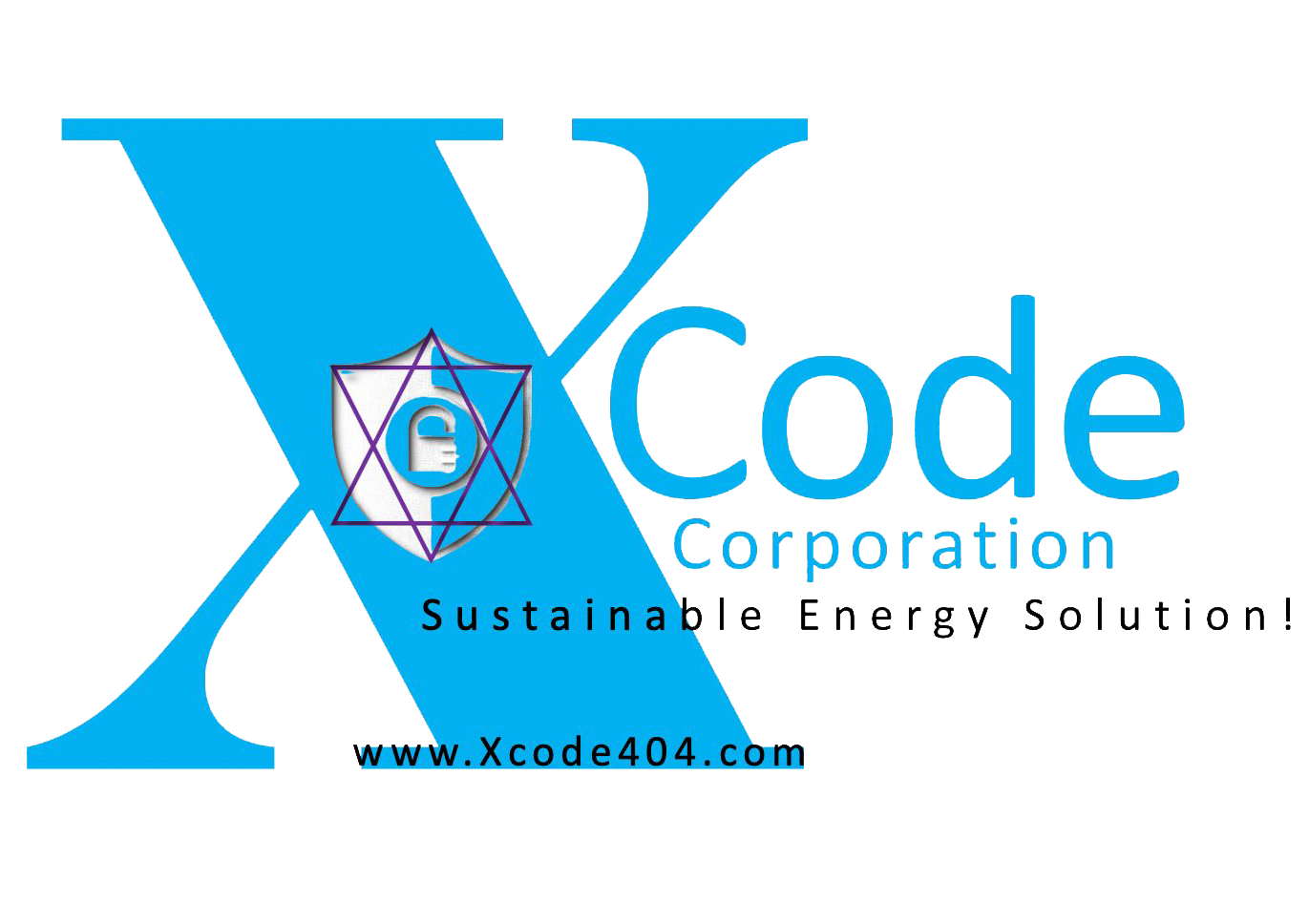Sustainability
�
TheSustainable Development Goals (SDGs) consist of 17 goals adopted by the United Nations as part of the 2030 Agenda for Sustainable Development. Here is the list of the 17 SDGs:
-
No Poverty – End poverty in all its forms everywhere.
-
Zero Hunger – End hunger, achieve food security, and promote sustainable agriculture.
-
Good Health and Well-being – Ensure healthy lives and promote well-being for all ages.
-
Quality Education – Ensure inclusive and equitable quality education.
-
Gender Equality – Achieve gender equality and empower all women and girls.
-
Clean Water and Sanitation – Ensure availability and sustainable management of water.
-
Affordable and Clean Energy – Ensure access to sustainable energy for all.
-
Decent Work and Economic Growth – Promote economic growth and employment.
-
Industry, Innovation, and Infrastructure – Build sustainable infrastructure and foster innovation.
-
Reduced Inequalities – Reduce inequality within and among countries.
-
Sustainable Cities and Communities – Make cities inclusive, safe, and sustainable.
-
Responsible Consumption and Production – Ensure sustainable consumption patterns.
-
Climate Action – Combat climate change and its impacts.
-
Life Below Water – Conserve and sustainably use marine resources.
-
Life on Land – Protect, restore, and promote sustainable land ecosystems.
-
Peace, Justice, and Strong Institutions – Promote peace and justice for sustainable development.
-
Partnerships for the Goals – Strengthen partnerships to achieve the SDGs

Industrial sustainability
�
Industrial sustainability focuses on practices and goals that reduce environmental impact, improve efficiency, and ensure long-term resource availability. Key areas include:
-
Energy Efficiency – Reducing energy consumption through advanced technology and renewable sources.
-
Waste Management – Implementing recycling and circular economy practices.
-
Carbon Footprint Reduction – Transitioning to renewable energy and minimizing emissions.
-
Water Resource Management – Reducing water use and reusing treated water.
-
Sustainable Materials – Using ethically sourced and biodegradable materials.
-
Lean Manufacturing – Improving processes to reduce waste and inefficiency.
-
Green Supply Chains – Ensuring sustainability across suppliers and logistics.
-
Eco-Friendly Product Design – Creating products with lower environmental impact.
-
Renewable Energy Adoption – Using wind, solar, and other clean energy sources.
-
Biodiversity Preservation – Protecting ecosystems near industrial zones.
These efforts help industries align with Sustainable Development Goals (SDGs) and reduce environmental harm
